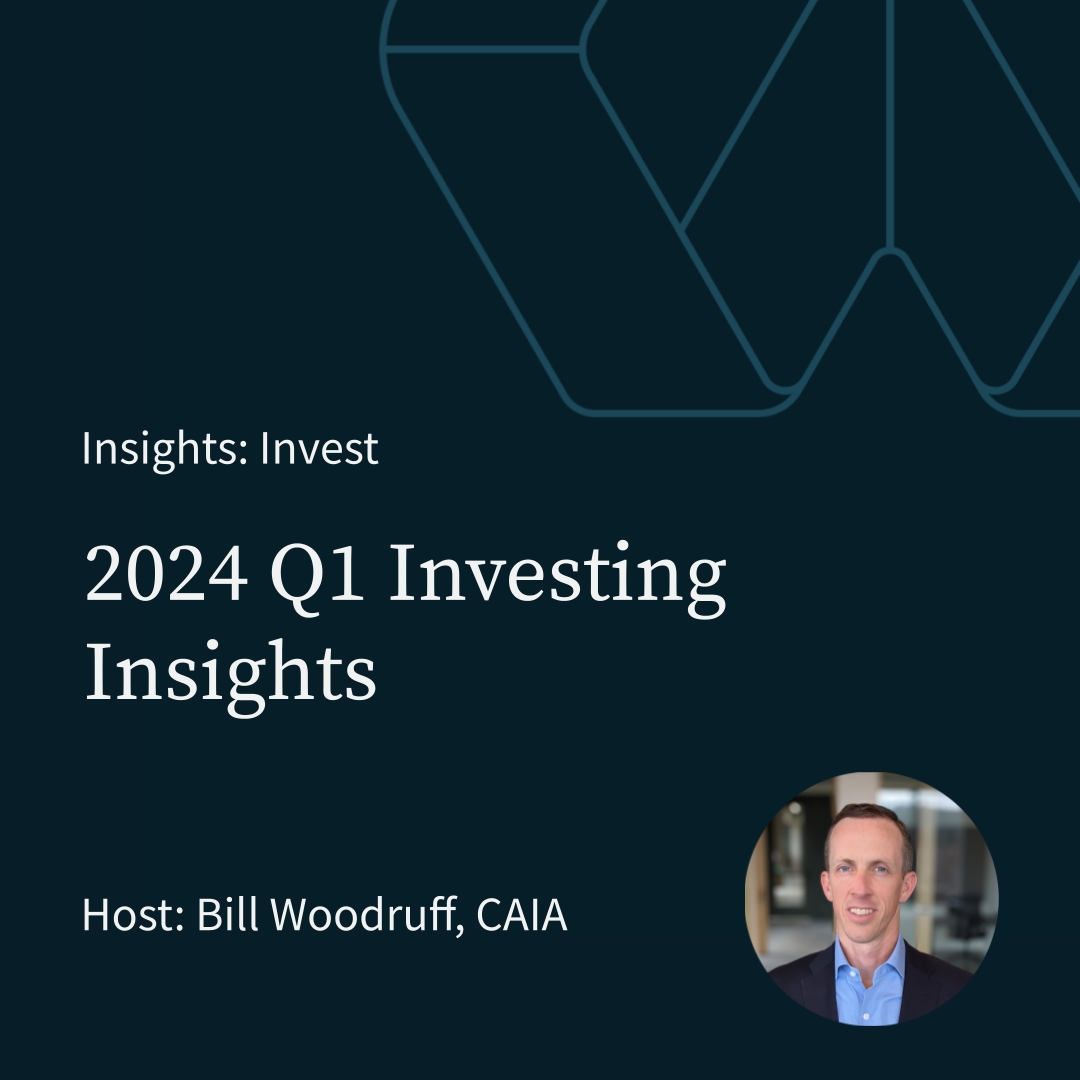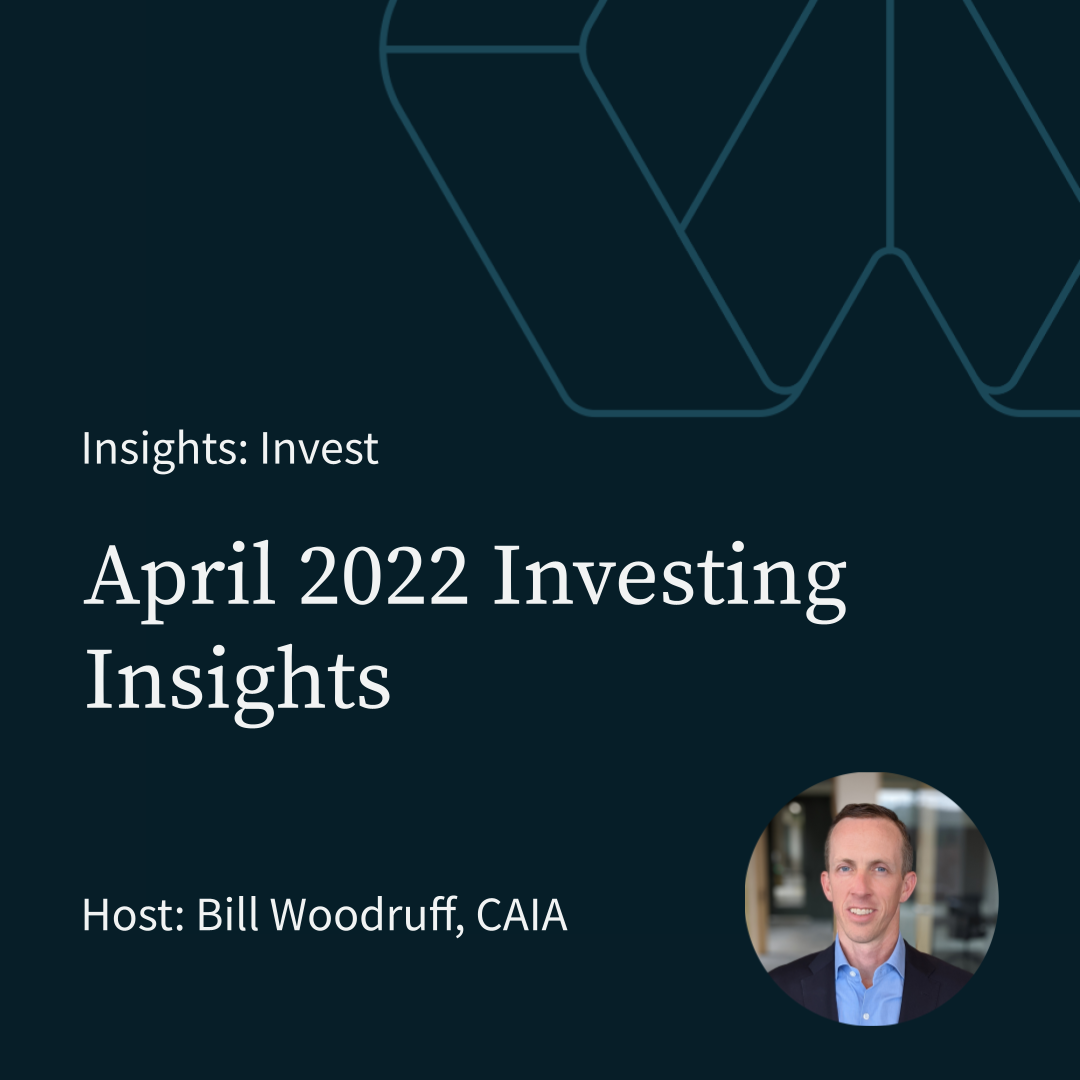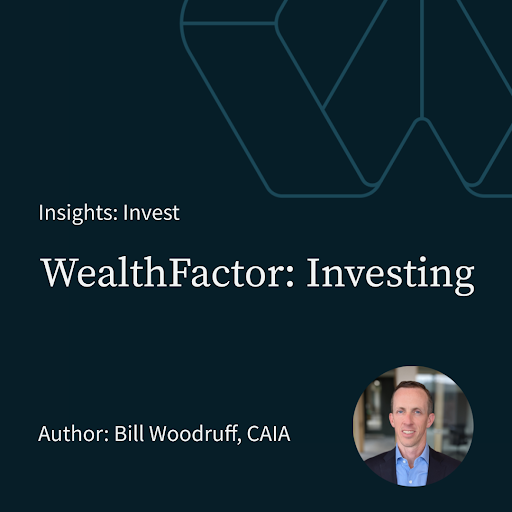11 Ways Wall Street Gets Paid
High advisory fees are a big problem for investors.
For decades Wall Street and the "investment / financial" advisors that sell their products has made money off your investments in a bunch of different ways.
Just because those fees are "disclosed" as potential conflicts of interest doesn't make it right.
Fortunately, technology and transparency are catching up with them - so there's no reason you need to continue to participate in their schemes.
Transcript:
Wall Street is designed to make money in so many ways and layers. It's scary. I spent a lot of time talking about how overpaying for investing hurts you. Wall Street doesn't tend to have the best reputation. And that's for a very good reason. In addition to having unnecessarily high investment advisory fees, many firms are set up to make money off of you in a significant number of ways. In no particular order. Here are some examples, revenue from interest. This includes a spread between what they earn and what they pay on your cash balances, and margin interest that you might pay commissions, placement agent services, planning fees, securities lending, payment on order flow, premium services, software fees, trading against our clients. proprietary products such as ETFs, mutual funds or private funds, you may also be paying a third party for services they outsource. Morgan Stanley has a part of their webpage titled understanding our commissions and fees. Many of what I've listed are present throughout this. The biggest thing that should cause any client pause is that there are over 2000 words on this page. Getting investment advice from someone, no matter how much you think you trust them, who has 2000 words worth of ways in which their business might be getting paid is a bad idea. You are far better off finding a fiduciary obligated to always act in your best interest who's getting paid exclusively by a single fee that you pay to them. Now turn our attention toward our pursuit to maintain our focus on the long run. This graph looks at about seven The years of returns breaking that down into rolling one year, five year 10 year and 20 year periods, creating a significant number of data points.
This visually represents
an important reminder that stocks have an incredibly wide dispersion over a one year time periods, but that dispersion dramatically decreases as the timeframe increases. investors need to expect short run volatility as they pursue long term return. The ability to ignore the short run is critical to investing success.










